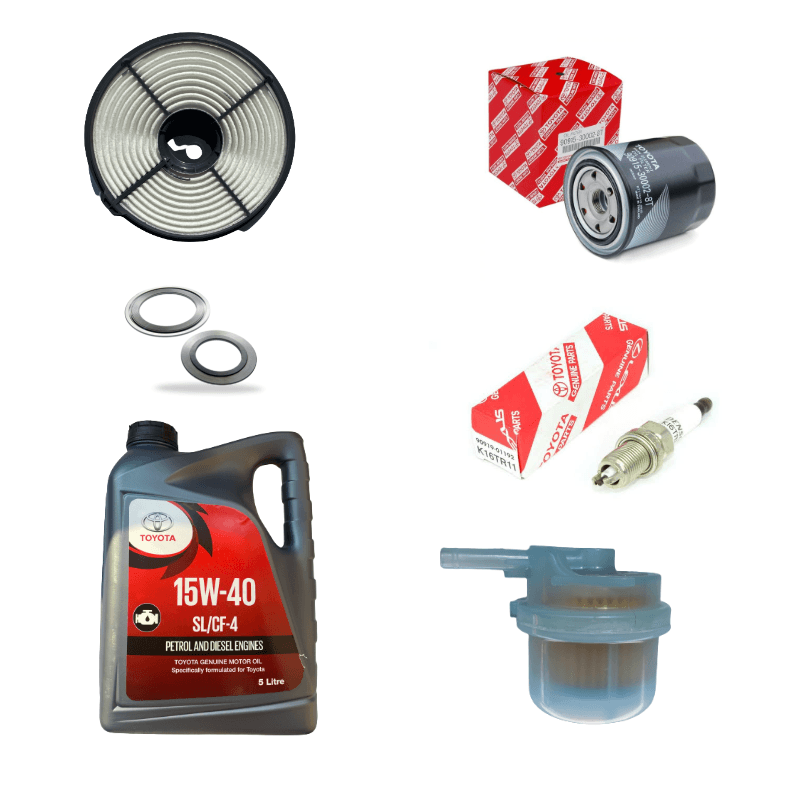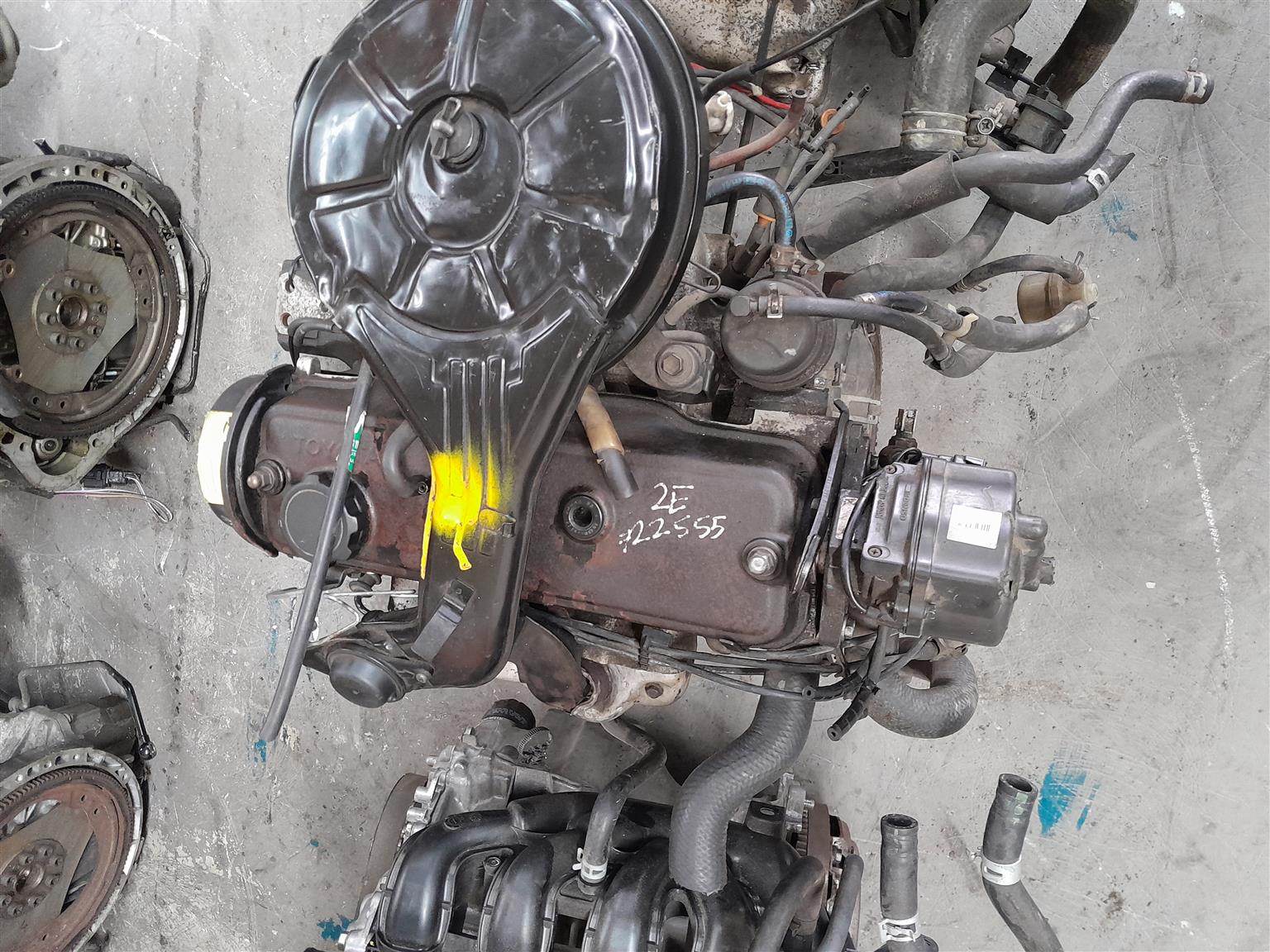How the Toyota Tazz Became a Staple in the Compact Car Market
How the Toyota Tazz Became a Staple in the Compact Car Market
Blog Article
Explore the most up to date Fads in Engine Technology Through Tazz
In the swiftly developing landscape of vehicle technology, Tazz stands at the forefront, highlighting considerable innovations in engine systems that prioritize both innovation and sustainability. tazz. From hybrid engines that enhance gas performance to the appearance of hydrogen fuel cells, the trends shaping modern powertrains are not just boosting efficiency but also resolving essential ecological challenges. As the industry proceeds to press boundaries, it is vital to take into consideration just how these growths will influence future transportation remedies and the more comprehensive effects for international power intake. What exists ahead in this critical makeover?
Crossbreed Engine Innovations
Hybrid engine technologies represent a critical change in automotive technology, combining the advantages of inner burning engines with electrical propulsion systems. This combination not only improves gas efficiency yet additionally decreases exhausts, conference increasingly strict environmental laws. By making use of both energy resources, hybrid engines can enhance performance, providing power when required while preserving fuel during much less requiring driving conditions.
Recent improvements in crossbreed modern technology consist of improvements in battery effectiveness and regenerative braking systems. These innovations enable for higher power healing throughout slowdown, which can be rerouted to aid in acceleration or power accessory systems. Manufacturers are focusing on small layouts and light-weight materials to take full advantage of the efficiency of crossbreed powertrains.
The development of plug-in hybrids has likewise expanded the marketplace, allowing vehicle drivers to charge their cars using basic electric outlets. This function usually enables for substantial all-electric range, additional lowering reliance on standard gas. tazz. As the vehicle industry remains to progress, hybrid engine innovations are anticipated to play an important role in bridging the gap between conventional lorries and totally electric designs, supplying a transitional remedy that deals with diverse customer needs and preferences
Advances in Electric Powertrains
The automotive landscape is quickly developing, with electric powertrains emerging as a leading force in sustainable transportation. Breakthroughs in electrical car (EV) innovation are significantly improving customer, performance, and efficiency experience. Secret technologies consist of improvements in battery chemistry, which have increased power thickness, reduced billing times, and expanded overall battery life.
Solid-state batteries, for instance, guarantee to reinvent the marketplace by giving higher safety and security and performance contrasted to conventional lithium-ion cells. Furthermore, developments in regenerative braking systems are making it possible for automobiles to recover power during deceleration, contributing to general effectiveness.
Along with battery modern technology, electric motor designs are ending up being a lot more innovative. Innovations such as incorporated electric motors and advanced thermal management systems are assisting to optimize power shipment and decrease weight, eventually boosting vehicle dynamics.

Collectively, these developments underscore the dedication to change towards cleaner, much more efficient transportation services, positioning electric powertrains at the center of vehicle innovation.
The Rise of Hydrogen Fuel Cells
Increasingly, hydrogen fuel cells are obtaining traction as a sensible alternative to typical internal burning engines and battery electrical cars. This innovation uses the chemical power saved in hydrogen, converting it right into electricity through an electrochemical reaction with oxygen. The key result of this procedure is water, making hydrogen gas cells an eco-friendly option with absolutely no discharges at the tailpipe.

Car manufacturers are increasingly buying hydrogen gas cell technology, acknowledging its potential for long-range applications and fast refueling capacities that match over at this website conventional gas. In addition, fields such as sturdy transport and public transit are especially fit for hydrogen gas cells, where battery electric options may fail due to weight and range restrictions.
As study and investment remain to expand, hydrogen fuel cells are poised to play a considerable role in the future landscape of tidy transport and energy services.
Enhancements in Internal Burning Engines
Developments in inner burning engine (ICE) innovation are changing standard lorries to satisfy contemporary environmental requirements and efficiency expectations. Among one of the most substantial enhancements involves the integration of innovative gas injection systems. These systems maximize the air-fuel mixture, improving combustion effectiveness and leading to reduced emissions. Straight gas shot, for example, permits better atomization of gas, bring about more full combustion and boosted power outcome.
In addition, turbocharging has obtained prestige, allowing smaller sized engines to deliver higher efficiency without the weight of bigger engines - tazz. This modern technology not only improves performance but also adds to decrease gas consumption. Variable valve timing systems are additionally being improved, enabling engines to adapt to numerous driving conditions for boosted torque and responsiveness
Moreover, the usage of light-weight products in engine building is coming to be typical, more enhancing fuel efficiency by lowering overall car weight. Engine control units (ECUs) are significantly advanced, allowing real-time adjustments that enhance efficiency and discharges.
These improvements collectively represent a pivotal change in ICE modern technology, straightening with international sustainability goals while still supplying the efficiency drivers anticipate from their tazz vehicles. As the market progresses, these improvements remain to shape the future of traditional vehicle design.
Future Fads in Engine Efficiency
Significant improvements in engine performance are prepared for as producers concentrate on incorporating sophisticated technologies to satisfy rigid environmental laws and customer needs. The change towards electrification, hybrid systems, and different gas is reshaping the automobile landscape, driving advancements that enhance fuel economy and minimize emissions.
Among the crucial patterns is the application of innovative products and manufacturing methods. Light-weight compounds and high-strength alloys add to reduced car weight, hence enhancing overall performance. In addition, the fostering of turbocharging and variable shutoff timing technologies enables for enhanced power result from smaller sized engines, further improving gas economy.

Conclusion
In final thought, the expedition of engine innovation reveals substantial improvements that prioritize sustainability and performance. Developments in crossbreed engine systems, electric powertrains, and hydrogen fuel cells show a dedication to reducing exhausts while improving efficiency. Enhancements in interior burning engines and an emphasis on lightweight products add to general engine effectiveness. As the automotive market remains to advance, these trends will play an essential duty fit a cleaner and more lasting future for transport.
From hybrid engines that maximize fuel performance to the development of hydrogen gas cells, the trends shaping modern powertrains are not just improving performance but additionally resolving vital ecological challenges.Crossbreed engine technologies represent a pivotal change in vehicle technology, integrating the benefits of internal combustion engines with electric propulsion systems.In addition, turbocharging has acquired prestige, allowing smaller sized engines to supply higher performance without the weight of larger engines. Furthermore, the adoption of turbocharging and variable valve timing technologies enables for boosted power output from smaller engines, further enhancing gas economic situation.
Enhancements in internal burning engines and a focus on lightweight products contribute to general engine effectiveness.
Report this page